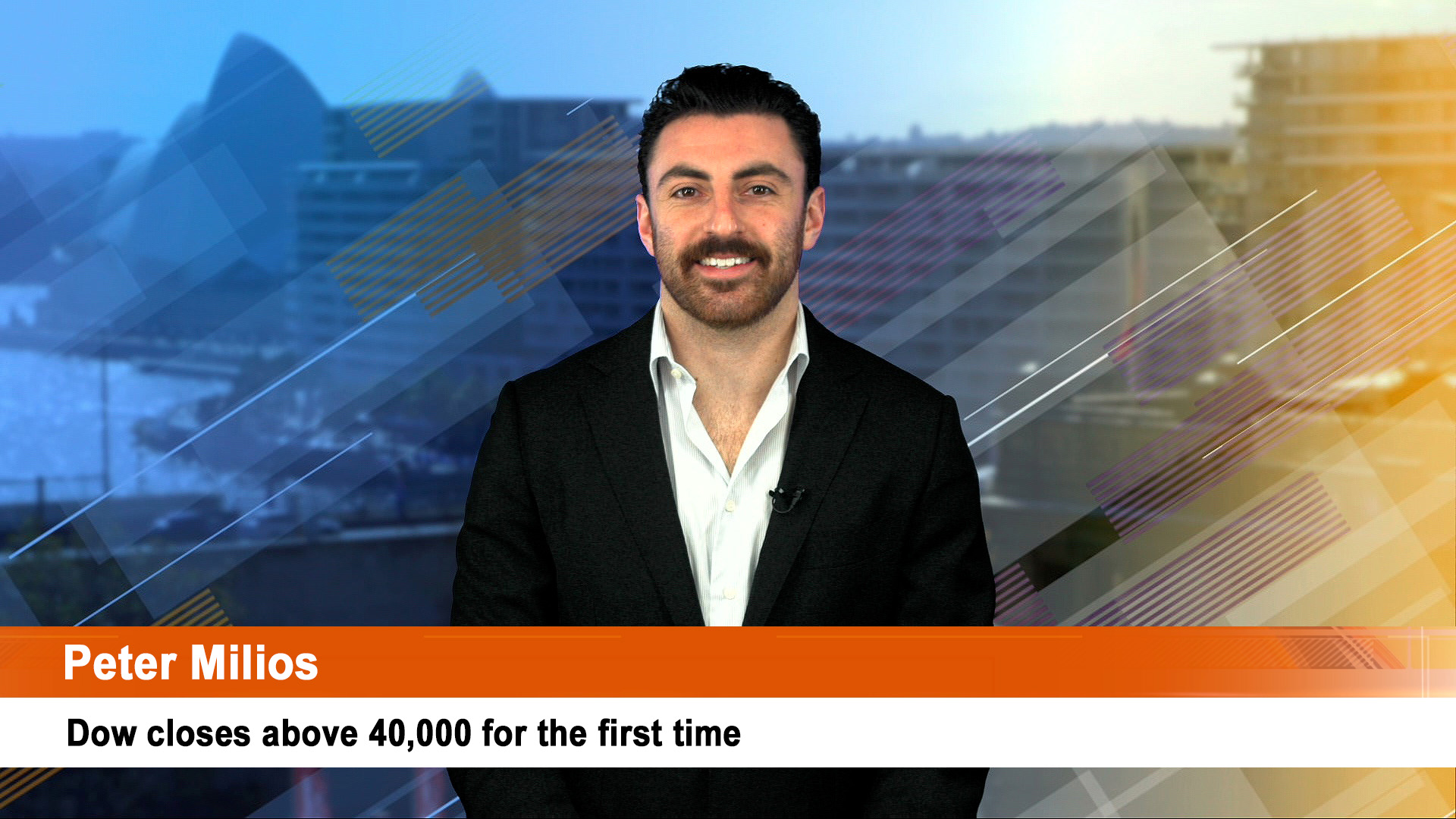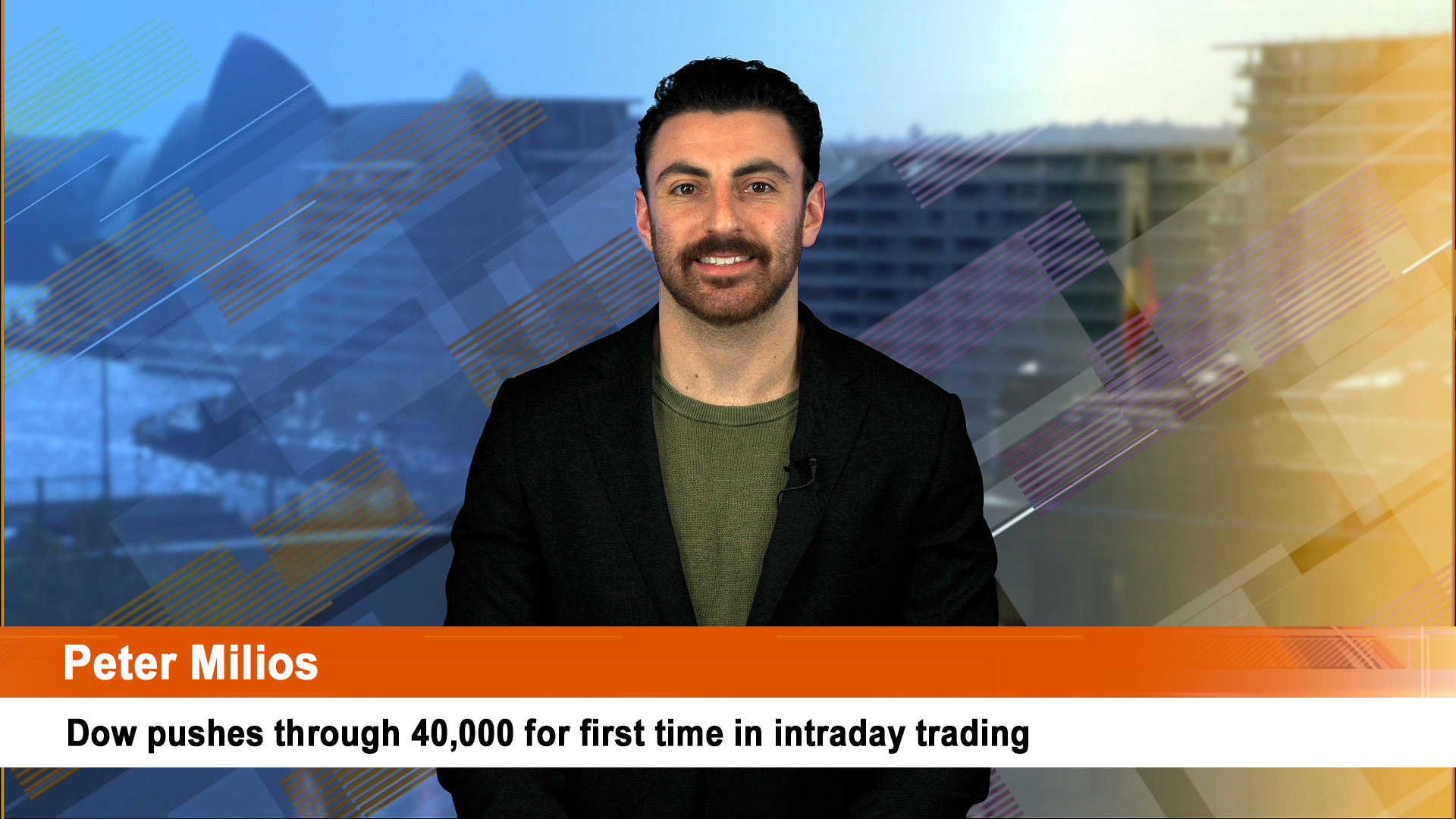Over the past year many market participants and commentators have railed against “Algorithmic Trading” (AT) and “High Frequency Trading” (HFT). Organisations using these trading methods are accused of at best, taking an unfair advantage, and in some cases, outright illegal behaviour. Unfortunately, most of these comments betray astounding ignorance, breath-taking chutzpah, or both.
What is Algorithmic Trading?
It’s in the name – AT uses often complicated mathematical formulas (algorithms) to execute pre-determined strategies via computers directly linked to markets. This may involve single stocks, bespoke stock basket, or all of the stocks in an index. One of the complicating factors in the discussion is that the term AT covers many different types of market activities. These include the execution of client orders, market-making and purely profit driven trading and arbitrage. AT often overlaps with HFT.
What is High Frequency Trading?
HFT is a form of AT. Normally trading oriented, it involves the rapid buying and selling of stocks or baskets of stocks. In many cases, it is a form of “scalping” or “jobbing”, taking small profits on regular trades. Computerisation means this form of trading can occur very rapidly and frequently, but is very similar in principle to the activities many “locals” under took on the old trading floors.
Often overlooked is the fact that both AT and HFT usually involve some sort of relative value trading, going long and short simultaneously. Index arbitrage is a good example – a trader buys all of the stocks in the index in their index weights, and sells index futures at the same time. If the futures price moves closer to the share prices, the trade may be unwound for a profit. This may take minutes or weeks.
Buy Side and Sell Side
Understanding the evolution of AT and HFT requires some knowledge of the wholesale market for shares. The key players are the buy side (fund managers, hedge funds and corporates), the sell side (brokers) and market-makers. Market makers are often smaller, independent firms that operate solely to profit from providing liquidity to markets, although brokers and investment banks may also operate as market-makers.
The roots of AT and HFT extend into all three groups. Option market-makers were early developers – the option prices they provide to the market are often highly sensitive to changes in the price of the underlying share. Using computers to adjust the market prices of options was a natural step into AT. Some bright sparks realised that this technology could also be applied to arbitrage opportunities eg buying the preference shares of a company and selling short its ordinary stock if a value gap appeared in prices.
However, the major advances in AT and HFT were largely driven by buy-side versus sell-side dynamics. The sell side dominated share markets in the seventies and up until the mid-eighties – access to share markets was restricted and often expensive. Globalisation and technology changed the balance of power.
Naturally, as fund managers and investors gained market power they exercised it to their advantage. Brokers come under pressure – to cut brokerage costs, increase research quality, and to improve order execution services.
Improving execution became imperative. The standard benchmark for order execution was VWAP – comparing the price achieved on an order to the Value Weighted Average Price for that stock over the period of execution – usually the trading day. If a broker failed to “beat VWAP” on an order, some fund managers would insist that the no brokerage be charged. “Missing VWAP” became a very expensive mistake.
Stop Your Moaning
Naturally, brokers turned to the new technology. This dynamic was a key driver of AT development. Once the cat was out of the bag, brokers and market makers applied the technology in all sorts of ways. To hear fund managers now complaining that AT is damaging markets is the height of hypocrisy – it was the demands of the funds management industry that drove much of the original development.
Essentially, AT and HFT are simply sped up versions of practices that are time honoured in share markets. Those accusing AT and HFT trading of front-running or market manipulation should bear in mind that these are already illegal, and should immediately pass any evidence they have to market regulators. Of course, in the absence of evidence, they may prefer to stay quiet (STFU!) rather than reveal their ignorance.
Similarly, individual traders and investors, operating from free, real-time charting packages to execute their trades on a phone from the beach, are in danger of hypocrisy when they moan about other market participants’ use of technology.
It was cheering to see the ASIC commissioner’s recent statement that there is no evidence to show AT or HFT damages markets or increases illegal activity – it’s very important that regulators “get it”, and at least in Australia they do. In my view, the only danger posed to markets by AT and HFT is a destruction of confidence brought about by the bleating of the ignorant and hypocritical.
We shouldn’t worry about AT and HFT. They haven’t changed the underlying nature of markets at all – merely sped them up and made them (slightly) more sophisticated. Investing and trading successfully is not easy these days – but it never has been.
PS “Dark Pools” are another matter altogether – but we’ll come back to that topic.













